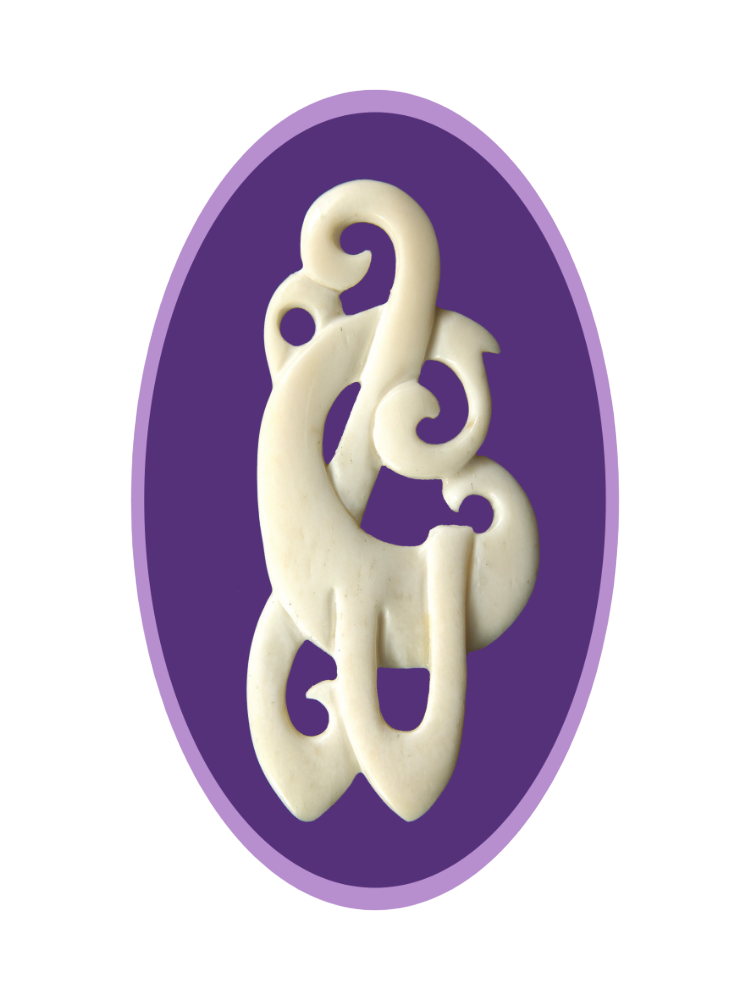Key principles in Movement Intelligence
The Movement Intelligence approach, is based on 10 key principles that guide its approach to movement and learning.
These principles are as follows:
1.Embodied anatomy: The first principle of Movement Intelligence is embodied anatomy. This means understanding the anatomy of your body from within, rather than just through external observation.
2.Tensional integrity: Tensional integrity involves maintaining a balance of tension throughout the body, which allows for efficient movement and prevents strain and injury.
3.Multidirectional movement: Movement Intelligence emphasizes the importance of multidirectional movement, which involves moving in multiple directions and planes of motion to improve overall movement patterns and flexibility.
4.Micro-movements: The method emphasizes the importance of micro-movements, which are small movements that can help improve body awareness and refine movement patterns.
5.Kinesthetic mirroring: Kinesthetic mirroring involves mirroring the movements of others to improve empathy and social engagement.
6.Movement sequencing: Movement sequencing involves organizing movements into meaningful sequences that improve coordination and overall movement patterns.
7.Spatial orientation: Spatial orientation involves developing an understanding of the body’s position and movement in space, which improves movement accuracy and spatial awareness.
8.Proprioceptive refinement: Proprioceptive refinement involves developing a greater awareness of the body’s internal sensations, which can help improve movement precision and control.
9.Breath and movement integration: The method emphasizes integrating breath with movement, which can help improve overall movement efficiency and reduce tension.
10.Brain plasticity: The final principle of Movement Intelligence is brain plasticity. This means that the brain can continue to learn and change throughout life, and that movement and learning can have a positive impact on overall cognitive function.



Embodied anatomy is an approach to understanding the anatomy of the body from within, by exploring the physical sensations and internal experiences of the body. This approach emphasizes the importance of somatic (body-based) practices in developing an understanding of anatomy, rather than relying solely on external observation or academic study.
Embodied anatomy involves developing an awareness of the body’s internal structures, such as bones, muscles, organs, and connective tissue, as well as their relationships and functions within the body. This awareness is developed through movement practices such as yoga, dance, and somatic movement therapies, as well as through practices such as meditation and mindfulness.
Embodied anatomy emphasizes the importance of personal experience and subjective understanding of the body, rather than relying on standardized or textbook descriptions of anatomy. This approach can help individuals develop a deeper understanding of their bodies and improve their overall movement and physical function.